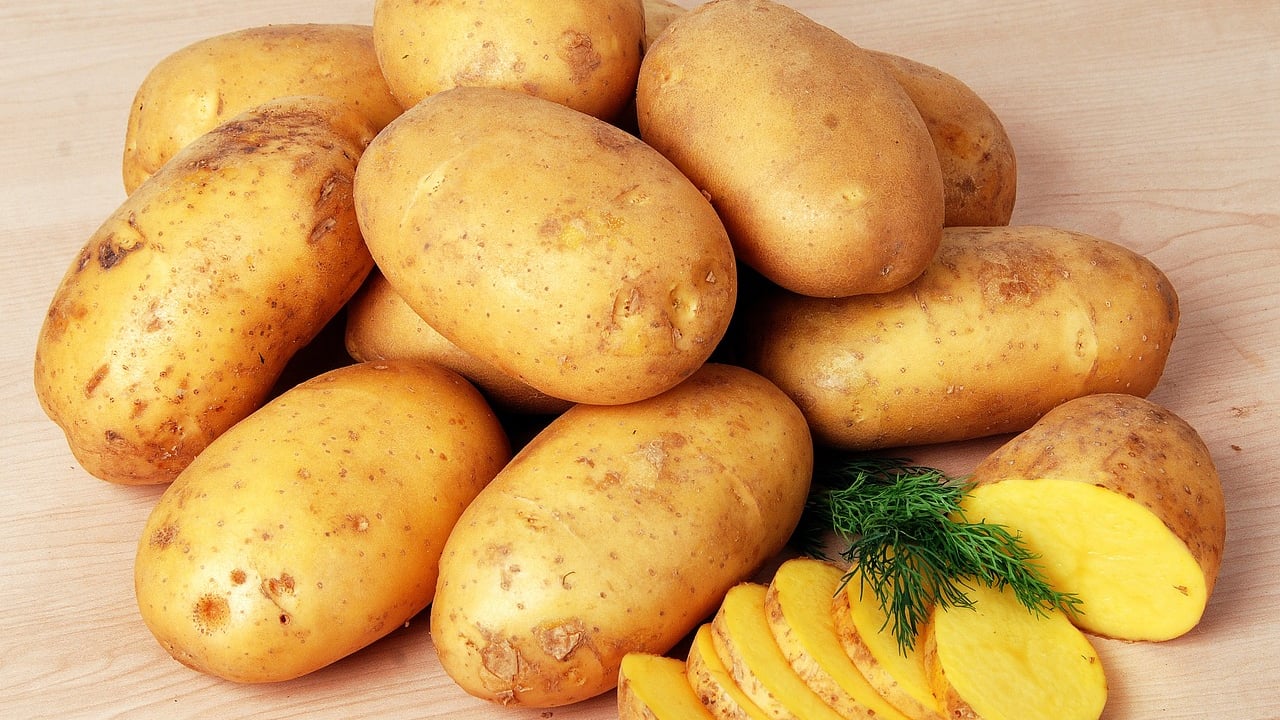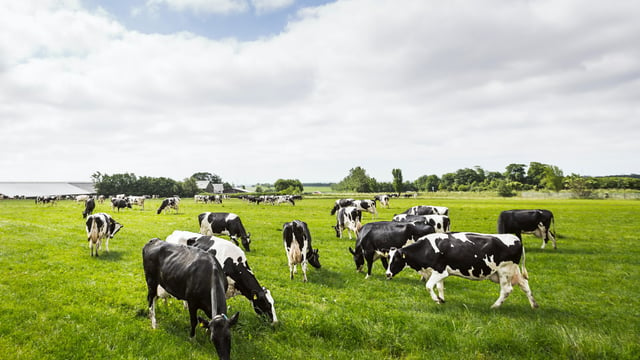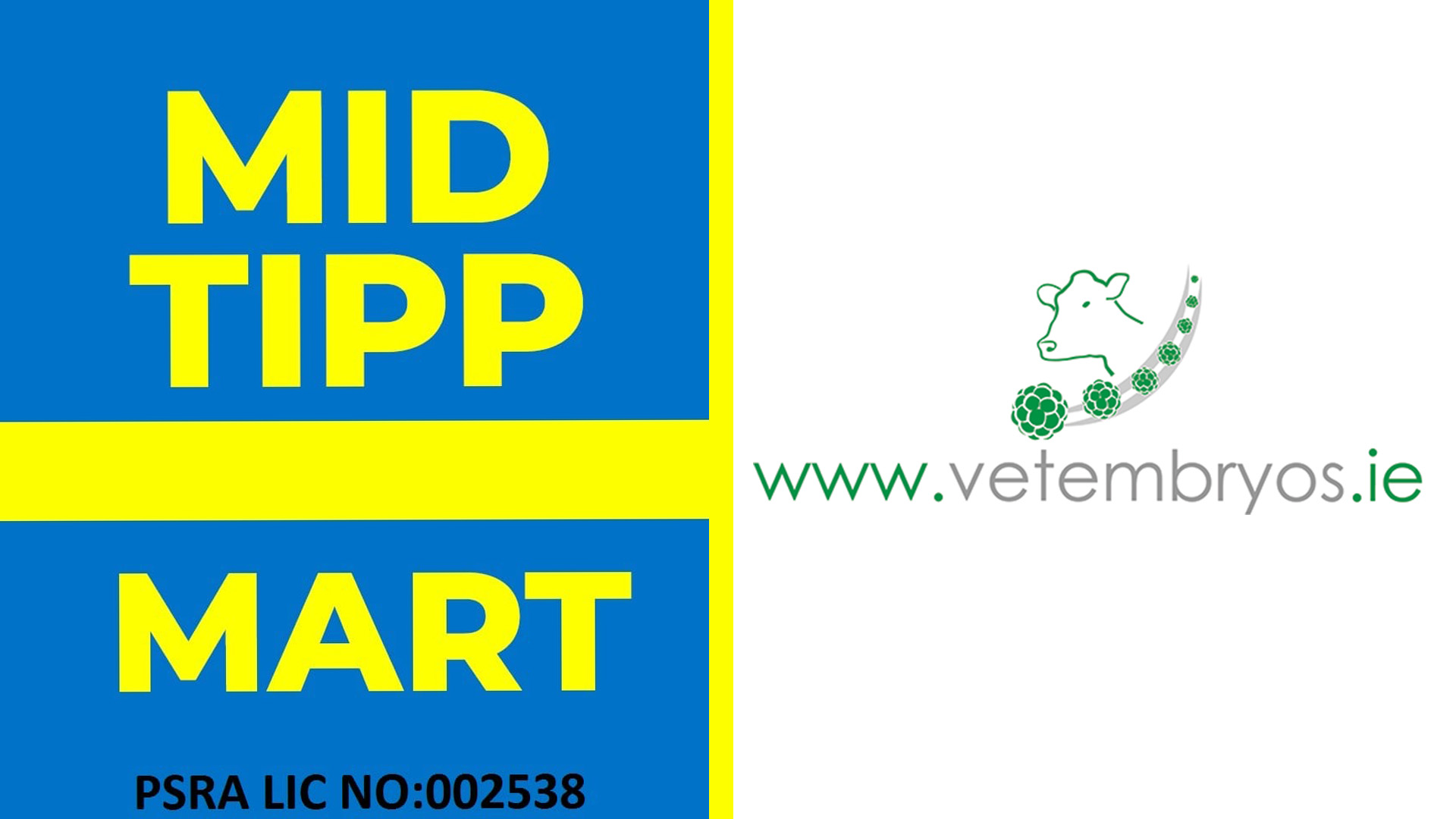The eating quality of potatoes is delivered by soil minerals - PDA
Recent research has confirmed that numerous soil minerals combine to maximise the eating quality of potatoes. The potential impact of all this on the fertiliser regimes followed by potato growers is obvious.
The issue is addressed in a recently published technical bulleting, produced by the Potash Development Association (PDA).
Potatoes are the one crop where the importance of calcium is better understood through its impact on tuber quality.
Calcium plays a role in the maintenance of healthy cell walls thereby reducing the incidence of the internal brown spots within tubers known as internal rust spot.
The maintenance of healthy cell walls also helps to improve skin finish and protect against physical tuber damage at harvest and during storage.
Another important role of calcium, again linked to cell wall strength, is the protection against pest and specifically disease as thinner, weaker cell walls are more likely to lead to attack from disease.
Significantly, there are reports of beneficial effects from the application of a non-liming source of calcium to potatoes.
Magnesium is a key nutrient for all crops due to its role in photosynthesis, being part of the chlorophyll molecule.
It is also involved in the production and use of carbohydrates, helping transport them from the leaves down to the tubers.
Deficiency symptoms are likely to develop in the older leaves nearer the base of the plant as the nutrient is mobile in plants and is therefore able to move to areas of new growth when uptake is limited.
A deficiency of magnesium can reduce crop productivity long before visual symptoms can be seen.
An inadequate supply will result in reduced root growth as well as lowering the chlorophyll concentration of the plant, reducing the photosynthetic rate.
However, there is some evidence that potash availability and uptake can be reduced on soils where magnesium levels are excessive, even though the level of soil potassium may not be deficient.
This situation is most frequently associated with long-term use of magnesian limestone to correct pH.
In such circumstances, it would be sensible to switch to a magnesium free source of lime.
It has also been suggested that where the soil concentration of magnesium is significantly more than that of soil potassium, potash applications may need to be increased above the normal recommended rate to achieve adequate potassium nutrition of potato crops.





